PAGE 1 | PAGE 2 | PAGE 3 | PAGE 4 | PAGE 5 | PAGE 6 | PAGE 7
April 24, 2013
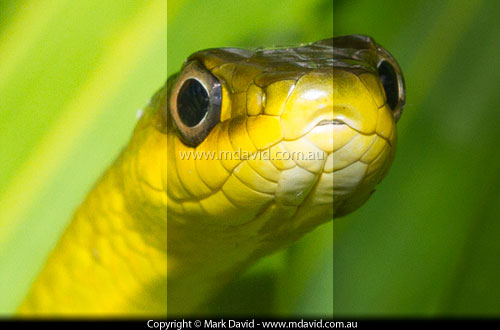
Maintaining my long-held belief that something as much fun as photography was never meant to be kept inaccessible by walls of baffling jargon I introduce another article. This time it explains the term bracketing.
April 5, 2013
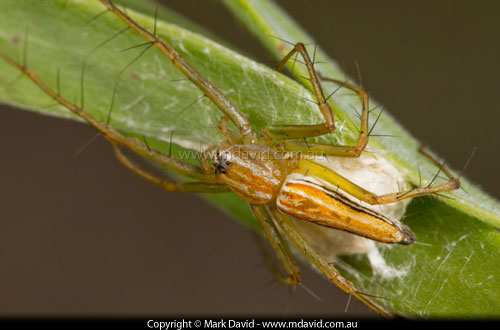
Okay, so you might be wondering, how long do spiders live? To find out, I guess you can sit down with a stop watch and a spider, or you can read the article.
March 29, 2013

Woohoo!!! Another article online in my series for people figuring out their digital SLRs. This time it’s about taking a picture of the moon. Of course I’m talking about photographing the moon at night because in the day time all you have to do is point your camera at the moon and shoot, and I hardly think that qualifies for an article. By comparison, taking pics of the moon at night involves a little bit of trickery, which I’m more than happy to share. And you might be amazed at how much lunar detail you can capture with a 400mm lens.
February 14, 2013
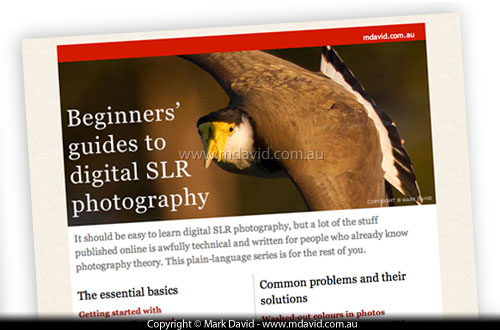
I’ve been getting some fantastic feedback about my digital SLR photography articles. People from all around the world are telling me they’re helping them a lot to make sense of SLR photography, in a way that other resources aren’t. For example, today a reader said, “Mark, your series of tutorials are so far ahead of everything else I have encountered in my effort to learn SLR digital photography, in articulation and ease of understanding, that I consider it a God send.”
It’s fantastic to get comments like that, but the important thing is that I’m not finished with that photography section yet.
Maybe you’ve noticed that they keep changing a little bit as I fix spelling mistakes and the way I explain things and so on. They’re works in progress. So if you come across a problem with them, like something that doesn’t make sense or a subject that’s missing, then I’d love to know about it!
February 8, 2013
We all know that APS-C cameras can often be better for photographing distant objects than full-frame cameras. Well of course we do. But how much they do has an awful lot to do with pixel density. Now, if that bit didn’t make sense then you just know you want to read my new article about pixel density.
January 25, 2013
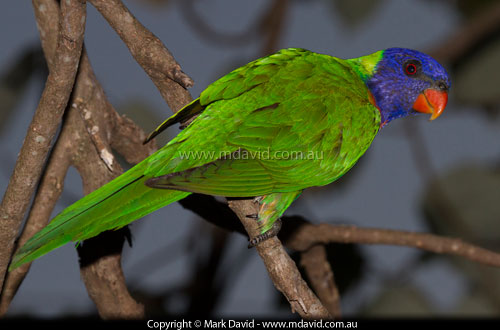
Here’s another new article for any of you folks learning digital SLR photography. This time I explain what a 100% crop is.
January 21, 2013

In a perfect world we would never need to take photos in anything except the most beautiful light. But sometimes it doesn’t work out that way.
So I’ve put a new article online, which should help you restore some colour into your shots taken at the worst time of the day.
January 17, 2013
This last couple of weeks I’ve been going through my photography articles, working on making them easier to understand. I found bits that could be explained a whole lot better, and all sorts of other writing mistakes. The revised articles should now be quicker to read and easier to follow. And if some parts of those articles still don’t make sense, or if there are other bits you’d like to have explained, then I’d love to know about it.
January 2, 2013
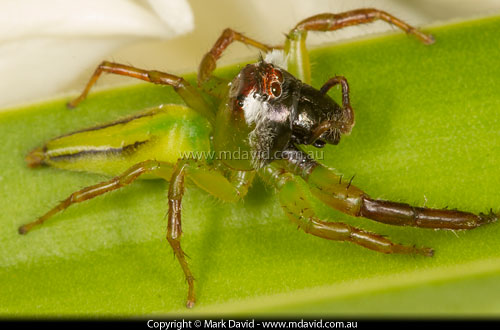
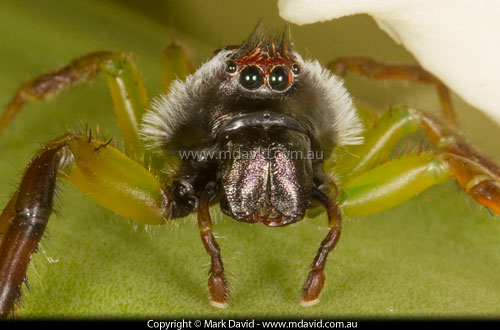
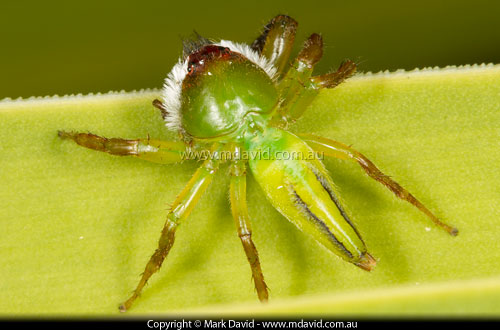
I’m a big fan of jumping spiders so it was great to run into this fellow. He’s a Northern Green Jumping Spider (Mopsus mormon) and, despite being the only jumping spider I know about that can give you a painful bite, he more than makes up for it by being just fantastic to look at. And a good size for a jumper too — this species is the largest jumping spider in Australia.
December 3, 2012
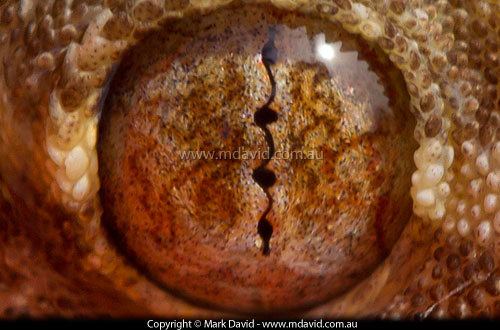
The Asian House Gecko has its admirers and its detractors. Its admirers point out how they eat so many of the insect and spider pests we don’t like in our houses. The detractors point to them displacing native species and the damage they do to air conditioners.
Whether you’re an admirer or detractor, I’ve put a new article online about these cute lizards. Oh yeah, and that’s the eye of an Asian House Gecko in the picture above, in case you hadn’t already guessed.
November 22, 2012
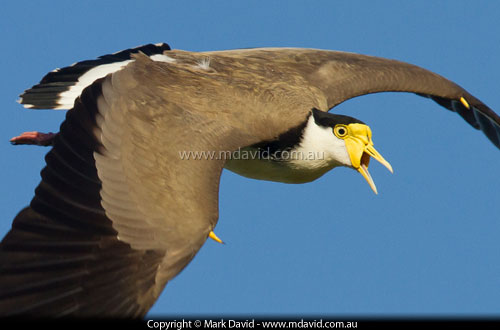
That picture of the Masked Lapwing above was taken with a shutter speed of 1,000th second. Shutter speed is one of the very basic things driving an SLR camera so if you don’t understand it then you’re going to have a difficult time taking photos. So I’ve put a new article online that explains shutter speed. It’s part of my series of articles written to help people learn digital SLR photography.
November 13, 2012
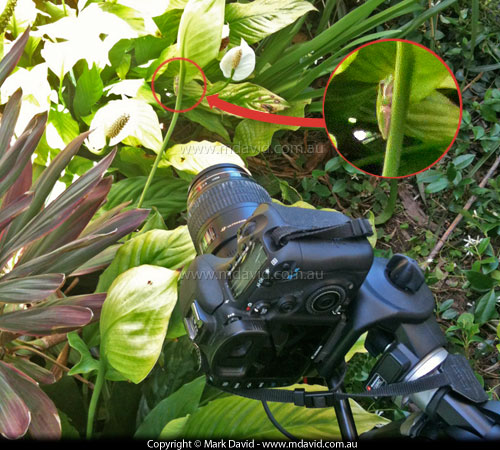
When people see the tree frogs in my photos, the most common question I get asked is, “How big are they?”
And the answer: really small. To give you an idea how small, here’s my camera on its tripod and I’m showing you where the frog is. Yep, it’s not much thicker than that flower stalk. So now you can see why I use a macro lens. Note that I’m not using a flash, and instead I’m simply using a fairly slow shutter speed to get enough light for the exposure.
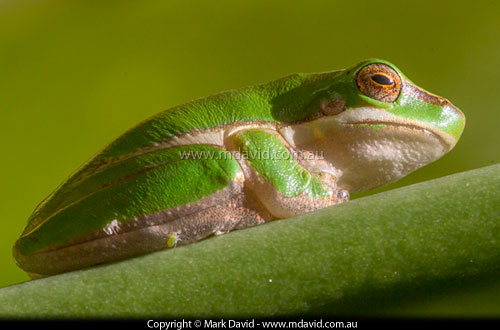
Shown above is the photo I took at the time. I set up the shot while the frog was still in shadow and then waited a little while for the sunlight to move across to where the frog was.

So now you know how small the frog is, you’ll realise how tiny that green critter is on the frog’s right foot! (See the detail shown at left.)
I describe, in a lot more detail, how I take my frog photos here.
November 7, 2012

I’ve been busy here lately so I can bring you another article in my series on beginning digital photography. It’s about the choice between JPG and RAW. I much prefer working RAW, and I explain why. You can find the article here.
November 6, 2012
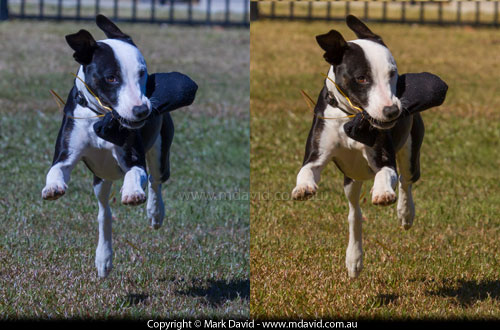
Here’s a new article in the beginners’ series on digital SLR photography. This time it’s about colour temperature.
Colour temperature is another one of those things that sound scary and nerdy, when in fact it doesn’t have to be complicated at all. And a basic understanding of this subject will help you get better colours into your shots.
November 1, 2012
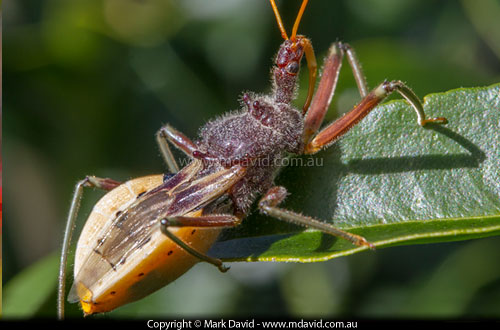
Assassin bugs would make great frog photographers.
I was looking through a bunch of my old photos and came across this pic of an assassin bug. When I took the shot I wanted to do a stacked photo, to get the whole critter in focus. So I took a series of exposures focused on different parts of the bug, expecting to merge them in my software later.
Except I ended up with a real mess.
You see, in each exposure, taken at intervals of about 10 or 20 seconds, one or more parts of the bug had moved. Its movement was barely noticeable in real time, but when I tried merging the shots they wouldn’t overlap properly because the legs were in different positions. If you try to stack exposures when the subject has been moving you’re likely to end up with a bit of a disaster. Thankfully I had also taken this shot using a very small aperture (f/14) and that was how I got most of it looking sharp.
So why didn’t I notice that the thing was constantly moving? Because it was moving very slowly.
That’s what assassin bugs do. They move r-e-a-l-l-y slowly. So you think they’re standing still but a few minutes later you notice they’re standing on a different leaf. Maybe that helps them sneak up on their prey. But it’s also great technique for photographing frogs.
You see, if you do all your movements in extremely slow motion, the frogs don’t get spooked. So I can move my camera and tripod right up close to them. The tricky part is focusing. I have to reach around the front of the camera to manually turn the focusing ring on the lens and that means my hand is getting mighty close to the frog. But doing it in super-slow motion has always worked for me so far.
So if you’ve got your camera and tripod out and you’re photographing tree frogs, remember to think like an assassin bug.
October 23, 2012
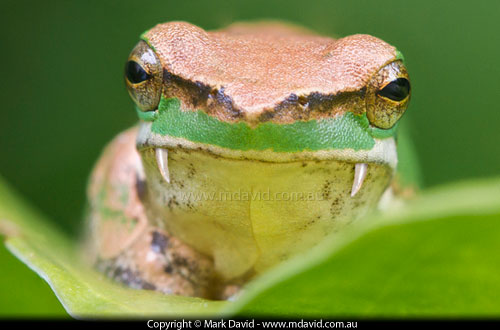
It just makes so much sense when you think about it.
It starts with an idyllic tropical scene, I mean apart from the incessant whine of mosquitos.
And a mozzie bites you while you’re asleep.
But what’s this got to do with the picture above?
Well, the mozzie heads outdoors to chill out and digest its meal. Except a tree frog eats the mozzie before it gets the chance. And that mozzie has (insert dramatic music) HUMAN BLOOD in it! So the frogs are now (indirectly) EATING HUMAN BLOOD!!
So what if some of those frogs developed a preference for mozzies with HUMAN BLOOD in them? What then?
Maybe it’s the taste, or maybe it makes the frogs feel, well how do I put this delicately? Immortal? If slightly averse to sunlight?
Well you just knew it wouldn’t end there. Driven by an insatiable hunger for that unique taste in some of the mozzies, one day some of the frogs decide to forget the insect middlemen and go straight to the original source!!! Yes absolutely I’m talking about humans now. You thought being bitten by a mozzie was bad? How about …
(Music, drums, cymbals, and rapid, jerky zoom to the scene above) … VAMPIRE FROGS!!!
Coming to a B-movie near you.
Haha! Yeah right! This story is 100% the product of too much coffee and ten minutes manipulating an otherwise respectable Eastern Dwarf Tree Frog in Adobe Photoshop. (The original shot is shown a few posts down.) Oh yeah, and now I’m being all fussy with the truth and everything then you’d know that a mosquito with blood in it is not so much middleman as middlewoman. Because it’s the female mozzies that feed on blood. It gives them the nutritional boost they need to make eggs.